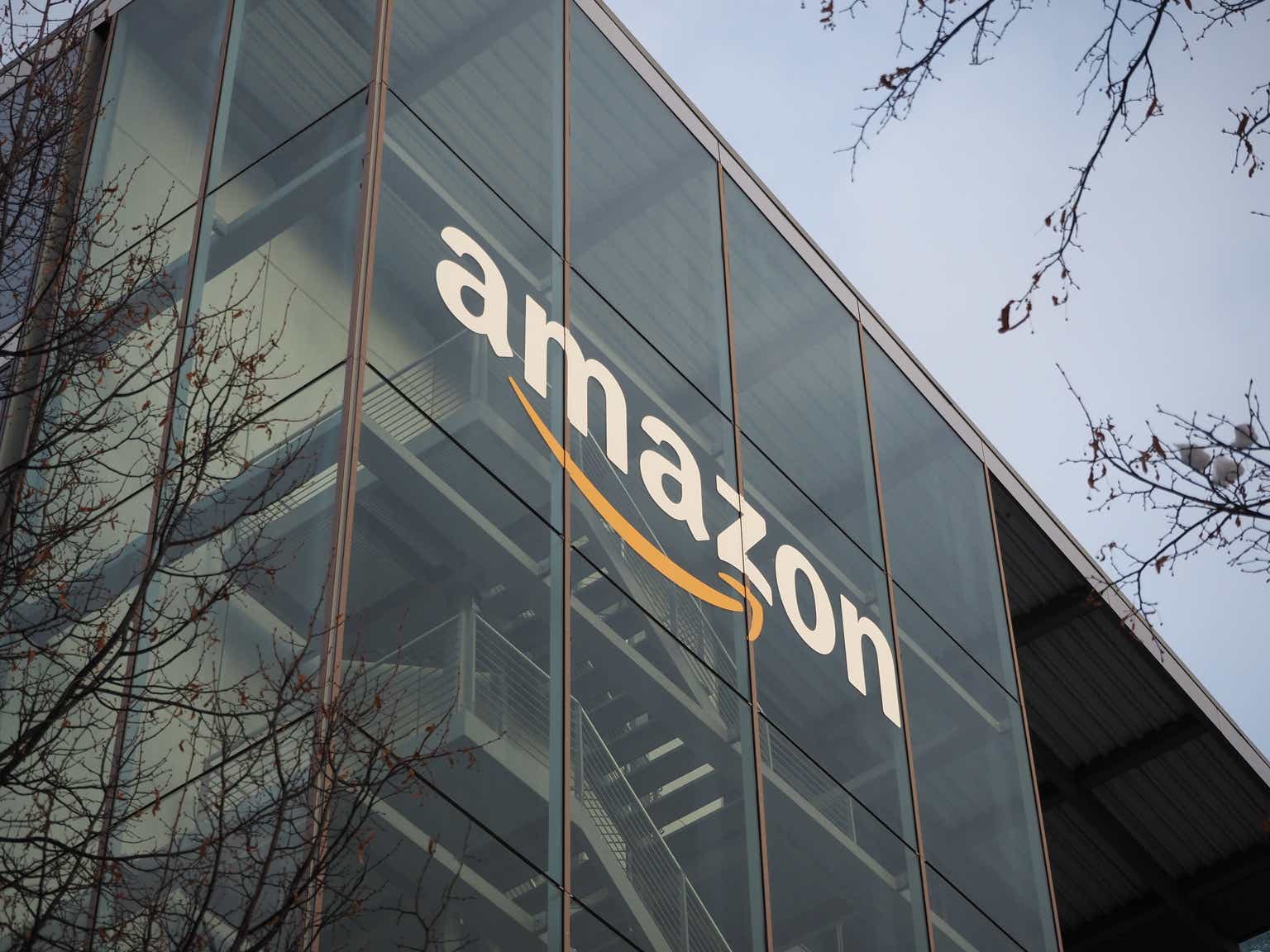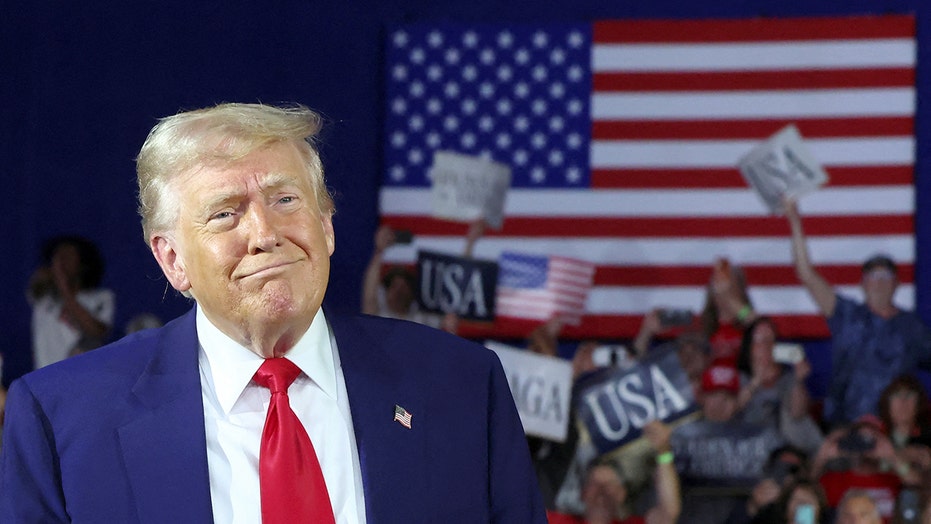To navigate the Trump tariffs, all you need is to do the math
The right approach for businesses to handle tariff costs is to protect margin dollars, not the margin percentage.

I’m a Certified Public Accountant. And even though I know a fair amount about accounting, I’m still learning.
Recently, a client taught me an important lesson about tariffs.
This client runs a distributorship of automobile parts, and President Trump’s tariffs have put him in quite a pickle. He's looking at price increases of anywhere between 5 and 15 percent on the products he’s buying. If he passes this price increase directly to his customers, he could lose business. But he’s smart — he does the math, and realizes he doesn’t have to.
Suppose there’s a 10 percent increase on a certain product he buys. Previously, he would buy this product for $70 and sell it for $100, making $30 and a 30 percent profit margin. To weather tariffs, one might think he needs to raise prices to preserve that 30 percent margin. But that's not true — he will be doing just as well if he keeps making $30 per sale. That means he only needs to raise prices by about 7.5 percent, instead of the 10 percent he would need to sustain the same percentage margin.
His approach — the right approach — is to protect the margin dollars, not the percentage. He's still getting $30 on the sale to cover his overhead. And he's not charging his customers more than he needs to, which can go a long way toward keeping them as customers in the future.
Speaking of math, he also does something else: he prices on a customer-by-customer basis.
As tariffs take hold, many business owners will opt to pass a price increase across the board to all their customers. But that's not a great strategy. Prices should be determined based on each customer and what they buy. Some customers are quite profitable for his business, so he's willing to eat more of these cost increases in order to avoid any significant pricing changes and maintain his customer relationships.
He, like many business owners in 2025, can do this because he has something that generations of business owners before us did not have: data. We use accounting systems like Epicor, QuickBooks, Sage, Xero and other advanced platforms to manage orders, inventory and costs. My smartest clients appreciate the value of the data that's been accumulated in these systems and use this information to analyze customer and product profitability regularly.
Sure, it takes a longer time perform this analysis. But it's lazy not to, particularly in this unprecedented trade environment.
Of course, this mathematical approach to pricing only goes so far. My clients that are reliant on Chinese products have a different issue altogether. Tariffs levied currently — in addition to the ones from the Biden era — are more than doubling the price of goods purchased from China.
Unfortunately, it's not going to stop there. Tariffs are only the first step into what is likely to be a drawn-out trade war.
President Trump will demand more protections, less stealing of technologies and a greater opening of Chinese markets in addition to higher duties on goods. It's a fight that’s been a long time in coming and was interrupted during his first administration, thanks to COVID. Companies that are deeply integrated with China are going to have to make some serious changes to their business models. My suggestion is to contact organizations like the World Trade Center Association or the International Trade Administration to find alternate suppliers in more tariff- friendly countries.
But for those companies that aren't in this Chinese pickle, there are mathematical ways to mitigate the impact of tariffs, keep pricing as competitive as possible, and hopefully maintain customer relationships —and profits — for as long as the uncertainty of this trade war lasts.
Hopefully it won't last too long.
Gene Marks is founder of The Marks Group, a small-business consulting firm.












![Life in Startup Pivot Hell with Ex-Microsoft Lonewolf Engineer Sam Crombie [Podcast #171]](https://cdn.hashnode.com/res/hashnode/image/upload/v1746753508177/0cd57f66-fdb0-4972-b285-1443a7db39fc.png?#)







_Andrey_Khokhlov_Alamy.jpg?width=1280&auto=webp&quality=80&disable=upscale#)

























































.png?width=1200&auto=webp&trim=44,0,46,0#)




